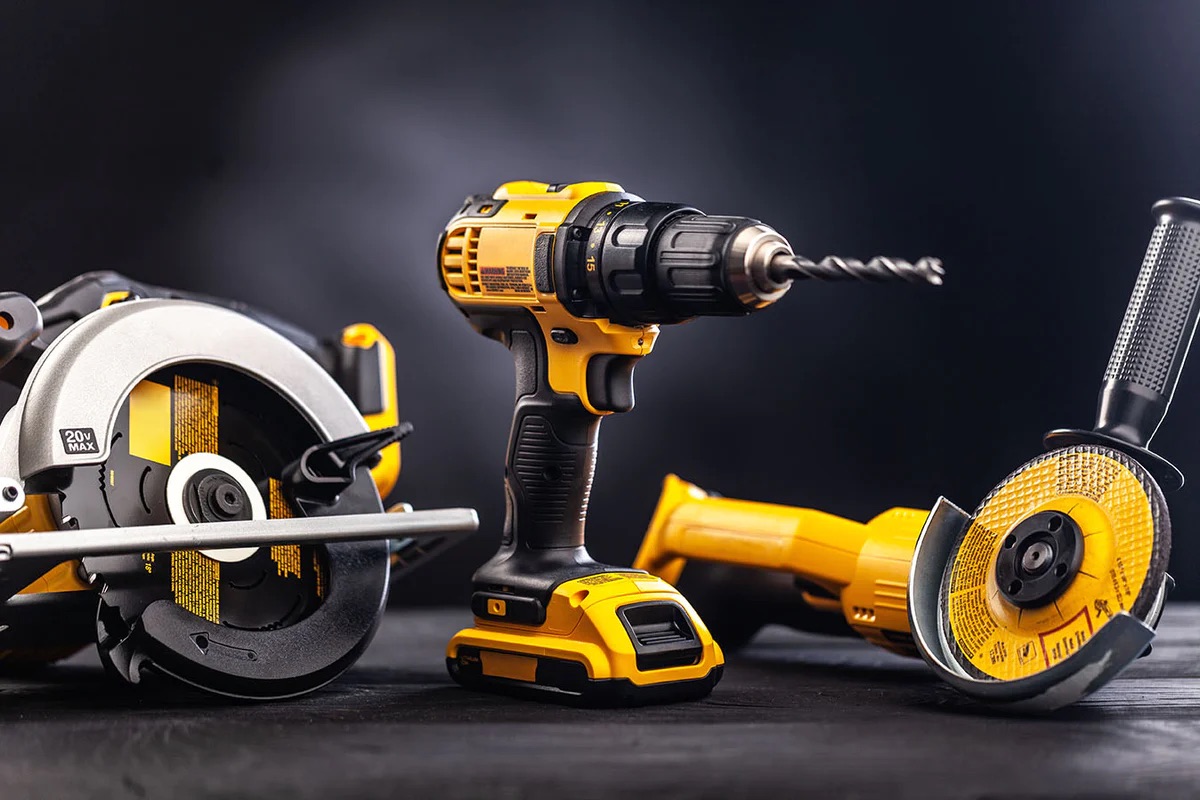

Articles
What Are Power Tools
Modified: August 31, 2024
Discover informative articles about power tools and their uses in our comprehensive collection. Stay up-to-date with the latest techniques and tips from industry experts.
(Many of the links in this article redirect to a specific reviewed product. Your purchase of these products through affiliate links helps to generate commission for Storables.com, at no extra cost. Learn more)
Introduction
Power tools have revolutionized the way we approach various tasks and projects, making them faster, more efficient, and even more enjoyable to tackle. Whether you’re a DIY enthusiast or a professional tradesperson, power tools have become an essential part of any toolbox.
But what exactly are power tools? In simple terms, power tools are handheld or stationary devices that are powered by electricity, batteries, or compressed air. They are designed to perform a wide range of tasks, from drilling and cutting to sanding and polishing. These tools provide extra power and precision, enabling users to accomplish tasks that would otherwise be difficult or time-consuming.
Over the years, power tools have evolved with advancements in technology. Today, there is a vast array of power tools available, each designed for specific purposes and applications. From the versatile cordless drill to the mighty table saw, these tools have become indispensable in various industries, including construction, woodworking, metalworking, automotive, and even gardening.
While power tools may seem intimidating to some, they offer numerous benefits that make them worth the investment. One of the key advantages is their ability to save time and effort. With their increased power and efficiency, tasks that would typically take hours can be completed in a fraction of the time. This not only boosts productivity but also allows for more projects to be accomplished.
Another advantage of power tools is their versatility. Many power tools come with a range of interchangeable accessories, allowing for multiple tasks to be performed with just one tool. For instance, a rotary tool can be used for cutting, grinding, sanding, and polishing by simply switching out the attachments. This versatility eliminates the need for multiple specialized tools, reducing clutter and saving storage space.
Additionally, power tools often offer enhanced precision and accuracy. With features like adjustable depth settings, laser guides, and digital displays, these tools enable users to achieve precise results, especially in intricate tasks like woodworking or metal fabrication. This level of precision not only enhances the quality of the finished product but also reduces the chances of errors or mistakes.
However, it’s essential to prioritize safety when using power tools. Due to their power and potential hazards, it’s crucial to follow proper safety precautions to minimize the risk of accidents or injuries. This includes wearing appropriate protective gear, using tools in well-ventilated areas, and ensuring tools are turned off and unplugged when not in use.
In the following sections, we will explore the different types of power tools available, the benefits they offer, popular brands to consider, and the key factors to keep in mind when purchasing power tools. By understanding these aspects, you’ll be well-equipped to choose the right power tools for your needs and maximize their potential.
Key Takeaways:
- Power tools offer increased efficiency, versatility, and precision, revolutionizing the way tasks are accomplished for both professionals and DIY enthusiasts. They provide the power and capabilities to tackle a wide variety of projects.
- Prioritizing safety, considering brand reputation, and understanding specific needs are crucial when purchasing power tools. Investing in high-quality tools enhances efficiency, durability, and overall performance in various tasks and projects.
Read more: What Are The Best Power Tool Brands
Definition of Power Tools
Power tools can be defined as handheld or stationary devices that are powered by electricity, batteries, or compressed air. These tools are specifically designed to provide additional power and precision to aid in various tasks and projects.
Unlike traditional hand tools, power tools utilize a power source to operate, which significantly enhances their capabilities. This extra power allows power tools to perform tasks more efficiently and with less effort from the user.
Power tools can be categorized into two main types: handheld and stationary. Handheld power tools are portable and held in the hand while in use. They include tools such as drills, saws, sanders, grinders, and wrenches. Stationary power tools, on the other hand, are larger tools that are mounted on a workbench or stand. Examples of stationary power tools include table saws, band saws, jointers, planers, and drill presses.
One of the key advantages of power tools is their versatility. Many power tools come with interchangeable accessories or attachments, allowing them to perform multiple tasks with ease. For example, a power drill can be used for drilling, screwdriving, and even sanding by simply changing the drill bit or attaching a sanding disc.
Power tools also offer increased speed and efficiency. With their powerful motors, power tools can perform tasks at a faster pace compared to traditional hand tools. This not only saves time but also allows users to complete projects more efficiently and take on larger tasks.
In addition to speed and versatility, power tools provide enhanced precision and accuracy. Features such as digital displays, laser guides, and adjustable depth settings enable users to achieve precise and consistent results. This is especially beneficial in tasks that require accuracy, such as woodworking or metalworking.
Whether you’re a professional tradesperson or a do-it-yourself enthusiast, power tools have become an integral part of any toolbox. They offer the ability to tackle a wide range of projects and tasks, making them an essential and valuable asset to have.
While power tools offer numerous benefits, it’s important to note that they also come with certain risks. It is crucial to follow proper safety precautions when using power tools to minimize the risk of accidents or injuries. This includes wearing appropriate protective gear, handling tools with caution, and reading and following the manufacturer’s instructions.
In the following sections, we will delve deeper into the various types of power tools available, the benefits they offer, popular brands to consider, and important factors to keep in mind when purchasing power tools. By understanding these aspects, you can make informed decisions and harness the full potential of power tools.
Types of Power Tools
Power tools can be categorized into various types based on their functionality and intended use. Each type of power tool offers unique features and capabilities, allowing users to tackle specific tasks and projects with ease. Here are some of the most common types of power tools:
- Drills: Drills are versatile power tools used for drilling holes and driving screws. They come in various forms, including corded drills, cordless drills, and impact drivers. Corded drills offer continuous power from an electrical outlet, while cordless drills provide portability through battery power.
- Saws: Saws are essential power tools for cutting through different materials. Circular saws are commonly used for straight cuts, while jigsaws are ideal for curved or intricate cuts. Reciprocating saws are designed for demolition work, while miter saws are used for making precision angle cuts.
- Sanders: Sanders are used for smoothing and finishing surfaces by removing materials such as paint or varnish. Belt sanders are suitable for larger areas, while orbital sanders are ideal for smaller, more delicate surfaces.
- Grinders: Grinders are used for grinding, cutting, and polishing various materials. Angle grinders are versatile tools that can be used for grinding, cutting, and polishing, while bench grinders are stationary tools primarily used for sharpening blades.
- Routers: Routers are used in woodworking to hollow out an area of a material. They are commonly used for creating decorative edges, joinery, and other intricate designs.
- Nail Guns: Nail guns are power tools designed to quickly and efficiently drive nails into different materials. They are commonly used in construction, carpentry, and woodworking projects.
- Air Compressors: Air compressors supply compressed air for various power tools, such as nail guns, paint sprayers, and pneumatic wrenches. They are ideal for applications that require continuous or high-powered air pressure.
- Power Sanders: Power sanders are specifically designed for sanding and smoothing surfaces. They come in different types, including random orbital sanders, palm sanders, and belt sanders.
- Planers: Planers are used to smooth and shape wooden surfaces, such as doors, tabletops, or floors. They remove a thin layer of material to create a smooth and even finish.
- Screwdrivers: Power screwdrivers, also known as electric screwdrivers, are designed to quickly and efficiently drive screws into various materials. They are particularly useful for repetitive tasks and assembly work.
These are just some of the many types of power tools available. Each type serves a specific purpose and comes with its own set of features, making them invaluable for different projects and applications. By having a diverse range of power tools in your toolkit, you can tackle a wide array of tasks efficiently and effectively.
Benefits of Using Power Tools
Power tools have revolutionized the way tasks and projects are accomplished, providing numerous benefits that make them an invaluable asset for both professionals and DIY enthusiasts. Here are some of the key benefits of using power tools:
- Efficiency: One of the primary benefits of power tools is their ability to save time and effort. With their enhanced power and speed, power tools allow users to complete tasks in a fraction of the time compared to traditional hand tools. This increased efficiency boosts productivity and enables users to take on more projects.
- Versatility: Power tools offer versatility by providing a range of functions in one tool. Many power tools come with interchangeable accessories or attachments, allowing them to perform various tasks with ease. This eliminates the need for multiple specialized tools, saving both storage space and cost.
- Precision and Accuracy: Power tools often come with features that enhance precision and accuracy. Adjustable depth settings, laser guides, and digital displays allow users to achieve precise and consistent results, especially in tasks that require accuracy, such as woodworking or metalworking. This not only improves the quality of the finished product but also reduces the chances of errors or mistakes.
- Power and Performance: Power tools are designed to provide extra power and performance compared to traditional hand tools. This added power allows power tools to effortlessly handle demanding tasks, such as cutting through tough materials or drilling into hard surfaces. With power tools, users can achieve faster and more efficient results.
- Ease of Use: Power tools are generally easier to use compared to manual tools. They require less physical exertion and allow users to complete tasks with less effort. Power tools with ergonomic designs and features like soft-grip handles further enhance comfort during use, reducing strain on the user’s hands and arms.
- Expanded Capabilities: Power tools open up a world of possibilities by enabling users to tackle projects that may have been challenging or impossible with manual tools. They allow for creativity and innovation, empowering users to explore new techniques and materials in their woodworking, metalworking, and other projects.
- Professional Results: Power tools help to achieve professional-level results, even for those without extensive experience. They provide the power and precision necessary to produce high-quality work, whether it’s crafting fine woodworking pieces or executing intricate metal fabrications.
- Adaptability: Power tools are continuously evolving and adapting to new technologies and methods. As new advancements are made, power tools become more efficient, more user-friendly, and more capable. This adaptability allows users to stay current with the latest tools and techniques, enhancing their efficiency and effectiveness.
These are just some of the many benefits that come with using power tools. Whether you’re a professional tradesperson or a DIY enthusiast, incorporating power tools into your projects can greatly enhance your productivity, efficiency, and overall results.
When using power tools, always wear appropriate safety gear such as goggles, gloves, and ear protection. This will help protect you from potential injuries and hazards.
Safety Precautions for Power Tool Use
While power tools offer numerous advantages, it’s essential to prioritize safety when using them. Due to their power and potential hazards, it’s crucial to follow proper safety precautions to minimize the risk of accidents or injuries. Here are some important safety tips to keep in mind when using power tools:
- Read the Manual: Before using any power tool, read the manufacturer’s manual thoroughly. Familiarize yourself with the tool’s features, proper operation, and safety guidelines. Pay attention to any specific precautions or warnings mentioned in the manual.
- Wear Personal Protective Equipment (PPE): Always wear the appropriate personal protective equipment to safeguard yourself from potential hazards. This includes safety glasses or goggles to protect your eyes from flying debris, ear protection to reduce noise exposure, gloves to protect your hands, and a dust mask or respirator if working in dusty or chemical-laden environments.
- Inspect the Tool: Before using a power tool, inspect it for any visible damage, frayed cords, loose parts, or malfunctioning switches. Do not use a tool that appears damaged or faulty. If you notice any issues, have the tool repaired or replaced by a qualified professional.
- Ensure Proper Work Area: Set up a clean and well-organized work area that is free from clutter. Keep your workspace well-lit and ensure there is adequate ventilation. Keep bystanders, children, and pets away from the work area to prevent accidents or distractions.
- Use the Right Tool for the Job: Select the appropriate power tool for the task at hand. Ensure that the tool is specifically designed and suitable for the materials and type of work you are undertaking. Using the wrong tool can increase the risk of accidents and result in poor-quality work.
- Securely Grip the Tool: Hold the power tool with a firm grip, using both hands if necessary. Avoid wearing loose clothing, jewelry, or anything that could get caught in the tool. Tuck in your shirt and secure long hair to prevent entanglement.
- Power Off Before Adjustment or Maintenance: Always turn off and unplug the power tool before making any adjustments, changing accessories, or performing maintenance tasks. This helps prevent accidental starts or unexpected movements that could lead to injury.
- Use Proper Technique: Adhere to proper techniques and best practices when using power tools. Follow correct cutting, drilling, or sanding techniques to maintain control and prevent accidents. Maintain a stable stance and keep the tool balanced at all times.
- Disconnect Power Source: When not in use, disconnect the power source from the tool. This includes unplugging the tool from electrical outlets or removing batteries. This prevents accidental starts or unauthorized use of the tool.
- Store Safely: When storing power tools, ensure they are kept in a secure and dry place, away from moisture, heat sources, or flammable materials. Use proper storage cases or cabinets to prevent damage and unauthorized access.
Remember, these safety precautions are essential for protecting yourself and others from potential accidents or injuries. Always exercise caution, follow safety guidelines, and use common sense when using power tools. Prioritizing safety ensures a smooth and accident-free experience while maximizing the benefits that power tools offer.
Popular Power Tool Brands
When it comes to power tools, there are several reliable and reputable brands that have gained recognition for their quality, durability, and innovative designs. These brands consistently deliver high-performance tools that professionals and DIY enthusiasts trust. Here are some popular power tool brands:
- DeWalt: DeWalt is a well-known brand that manufactures a wide range of power tools. They are known for their durability and reliability, making them a top choice for professionals. DeWalt offers a comprehensive lineup of tools, including drills, saws, impact drivers, and more.
- Makita: Makita is a leading manufacturer of power tools known for their performance and cutting-edge technology. They offer a vast range of corded and cordless tools that cater to various industries, from construction and woodworking to automotive and gardening.
- Bosch: Bosch is a trusted brand renowned for its quality and precision in power tool manufacturing. They offer a diverse range of power tools, including drills, saws, routers, and more. Bosch tools are known for their durability, performance, and user-friendly features.
- Ridgid: Ridgid is a well-respected brand that focuses on producing high-quality power tools for professionals. They offer a wide selection of power tools, including drills, saws, sanders, and more. Ridgid tools are known for their robust construction and advanced features.
- Milwaukee: Milwaukee is a leading brand known for its innovation and durability in power tool manufacturing. Their extensive range of power tools includes drills, impact drivers, grinders, and more. Milwaukee tools are popular among professionals for their reliability and performance in demanding work environments.
- Bosch Blue: Bosch Blue, also known as Bosch Professional, produces power tools specifically designed for professional use. Their tools are renowned for their superior performance, advanced features, and durability. Bosch Blue offers a complete range of power tools, including drills, saws, routers, and more.
- Hitachi: Hitachi, now known as Metabo HPT, is a reputable brand that offers a comprehensive lineup of power tools. Known for their quality and innovation, Hitachi tools are widely used in various industries, including construction and woodworking. Their range includes drills, saws, sanders, and more.
- Ryobi: Ryobi is a popular brand that offers a wide range of affordable power tools for both professionals and DIY enthusiasts. They provide a comprehensive lineup of tools, including drills, saws, sanders, and more. Ryobi tools are known for their affordability without compromising on performance and quality.
- Black+Decker: Black+Decker is a well-known brand that offers a diverse range of power tools for household and professional use. They provide an array of tools, including drills, saws, sanders, and more. Black+Decker tools are known for their user-friendly features and reliable performance.
- Stanley: Stanley is a trusted brand that has a long-standing reputation for its quality hand tools. They also produce a range of power tools that are known for their durability and reliable performance. Stanley offers power tools such as drills, saws, and sanders.
These popular power tool brands have become leaders in the industry by consistently delivering high-quality tools that meet the needs of professionals and DIY enthusiasts alike. While the selection of the brand may depend on personal preferences and specific requirements, choosing from these reputable brands ensures that you invest in reliable and efficient power tools.
Considerations When Purchasing Power Tools
When it comes to purchasing power tools, it’s important to make well-informed decisions to ensure you invest in tools that meet your needs and deliver the desired performance. Here are some key considerations to keep in mind when purchasing power tools:
- Intended Use: Consider the tasks and projects you will be working on. Different power tools are designed for specific applications, so ensure that the tool you choose aligns with your intended use. For example, if you primarily work with wood, a circular saw and a power sander would be essential tools to have.
- Power Source: Decide whether you prefer corded or cordless power tools. Corded tools provide continuous power but have limited mobility due to the need for an electrical outlet. Cordless tools offer portability but require battery recharging or replacement. Consider your workspace and the availability of power sources to determine which option is more convenient for you.
- Brand Reputation: Look for reputable brands known for manufacturing reliable and high-quality power tools. Established brands often have a track record of producing durable tools that perform well and last for a long time. Research customer reviews and ratings to gauge the reputation and reliability of the brand.
- Features and Accessories: Consider the features and accessories offered by the power tool. Look for features that enhance usability, such as ergonomic designs, adjustable speed settings, LED lights, and digital displays. Additionally, check if the tool comes with essential accessories or if they need to be purchased separately.
- Budget: Determine your budget range before shopping for power tools. Prices can vary significantly based on the brand, features, and functionality. While it’s important to set a budget, remember that investing in quality tools often translates into better performance, durability, and overall value in the long run.
- Safety Features: Prioritize safety by choosing power tools with adequate safety features. Look for tools with built-in safety mechanisms to minimize the risk of accidents, such as blade guards, safety locks, or anti-kickback devices. Ensure the tool meets safety standards and has been tested by reputable organizations.
- Ease of Use: Consider the ergonomics and ease of use of the power tool. Look for tools with comfortable grip handles and well-balanced designs, as these factors can greatly impact user experience and reduce fatigue during extended use.
- Warranty and Support: Check the warranty offered by the manufacturer and the availability of service and support. A solid warranty provides peace of mind, while easily accessible customer support ensures you can get assistance if you encounter any issues with your power tool.
- Online Research and Testimonials: Conduct thorough research online to gather information about specific power tools you are considering. Read customer reviews, testimonials, and expert opinions to gain insights into real-world experiences and performance of the tool you are interested in.
- Try Before You Buy: Whenever possible, try out the power tool before making a purchase. Visit a local store where you can hold and test the tool to assess its weight, balance, and overall feel. This will give you a better idea of how comfortable and user-friendly the tool is for your specific needs.
By considering these factors and conducting thorough research, you can make an informed decision when purchasing power tools. Remember to prioritize your specific requirements, quality, and safety to ensure that the power tools you choose will meet your expectations and deliver long-lasting performance.
Conclusion
Power tools have revolutionized the way tasks and projects are accomplished, providing a multitude of benefits that make them indispensable for professionals and DIY enthusiasts alike. From drilling and cutting to sanding and polishing, power tools offer increased efficiency, versatility, precision, and power to tackle a wide variety of tasks.
Throughout this article, we have explored the definition of power tools and delved into the various types available. We have discussed the benefits they offer, including time savings, enhanced versatility, precision, power, ease of use, expanded capabilities, and professional-level results. We have also highlighted the importance of prioritizing safety by following proper precautions and using personal protective equipment (PPE) when using power tools.
Additionally, we have discussed popular power tool brands known for their quality, durability, and innovation. Brands such as DeWalt, Makita, Bosch, and Milwaukee have established themselves as reliable choices, consistently delivering high-performance tools for various industries and applications.
When it comes to purchasing power tools, it’s important to consider factors such as the intended use, power source, brand reputation, features, budget, safety features, ease of use, warranty, and customer support. By carefully considering these factors and conducting thorough research, you can make informed decisions and invest in tools that meet your specific needs.
In conclusion, power tools have revolutionized the way we approach tasks and projects, enabling us to work more efficiently, achieve higher levels of precision, and accomplish a wider range of tasks. By harnessing the power of these tools while prioritizing safety and considering key factors in their purchase, you can unlock their full potential and elevate your work to new heights.
Frequently Asked Questions about What Are Power Tools
Was this page helpful?
At Storables.com, we guarantee accurate and reliable information. Our content, validated by Expert Board Contributors, is crafted following stringent Editorial Policies. We're committed to providing you with well-researched, expert-backed insights for all your informational needs.


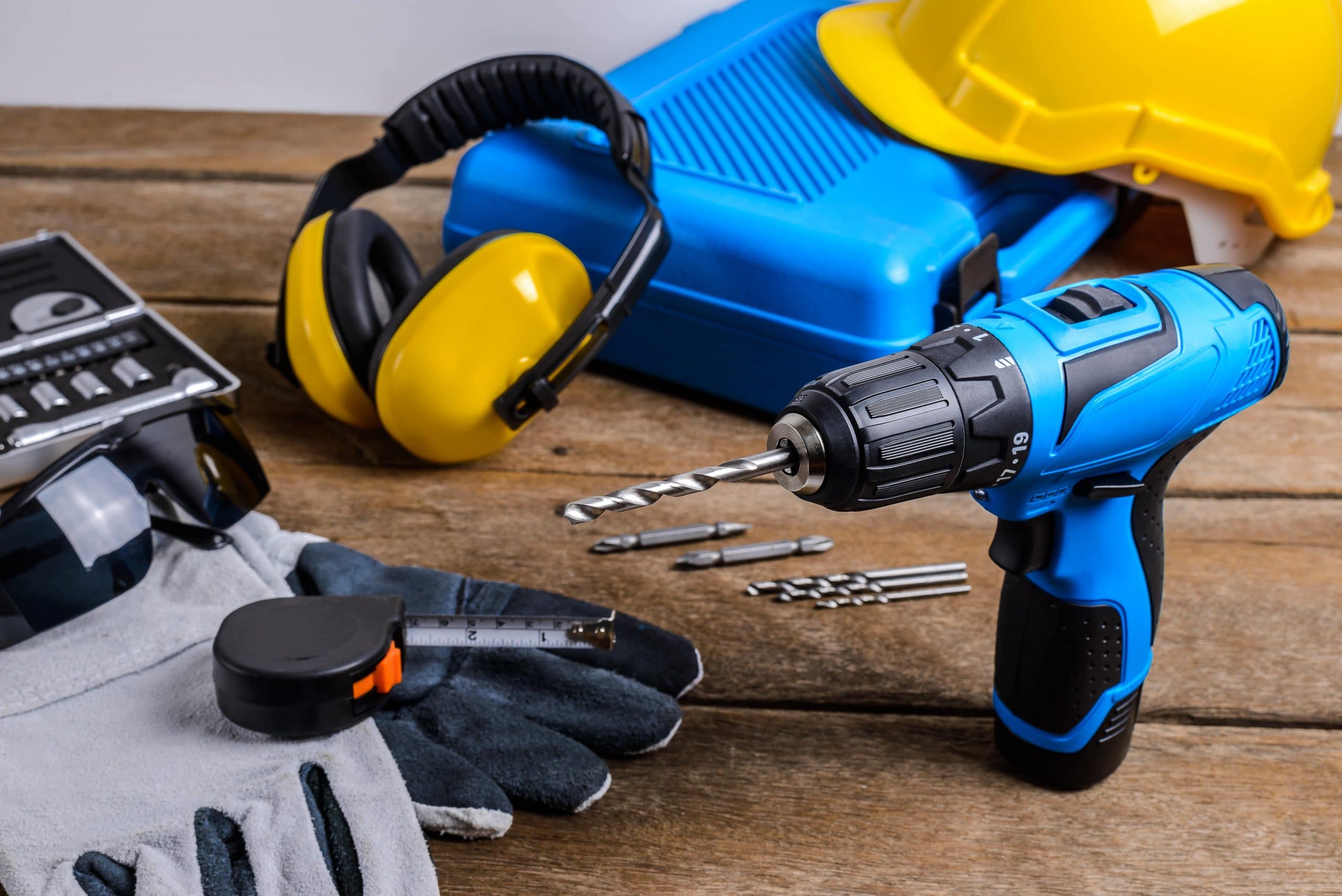
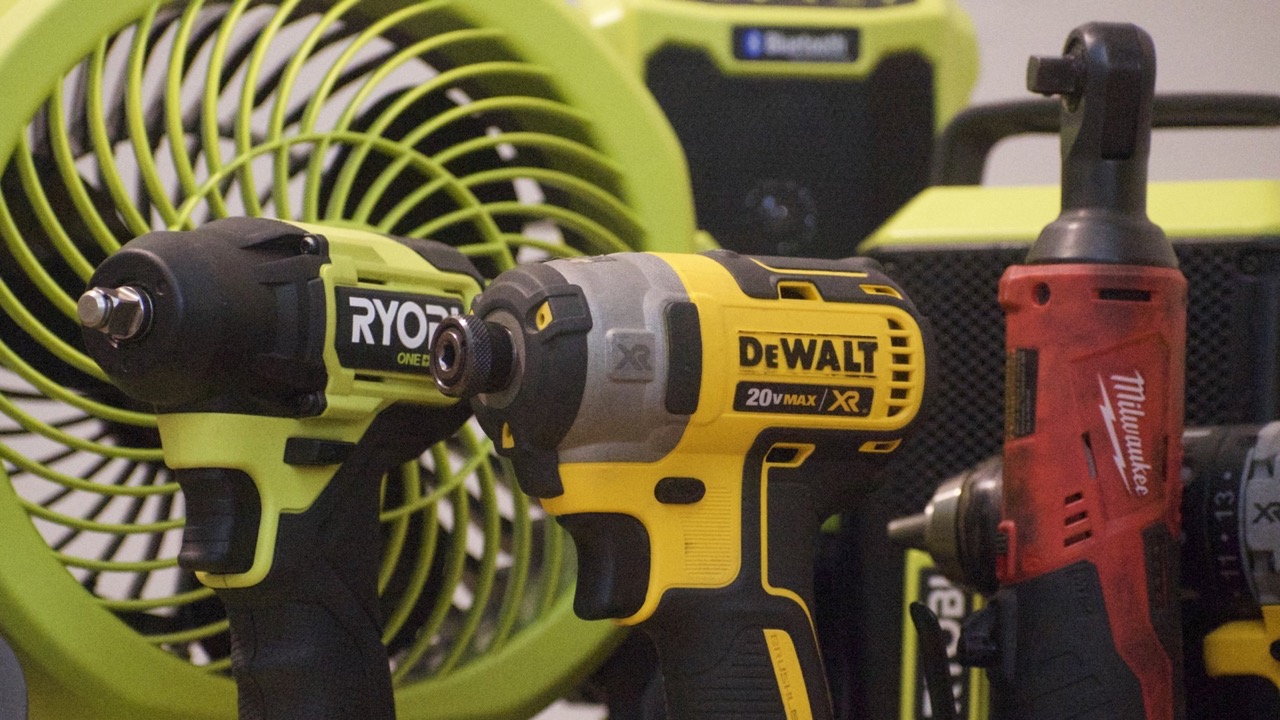

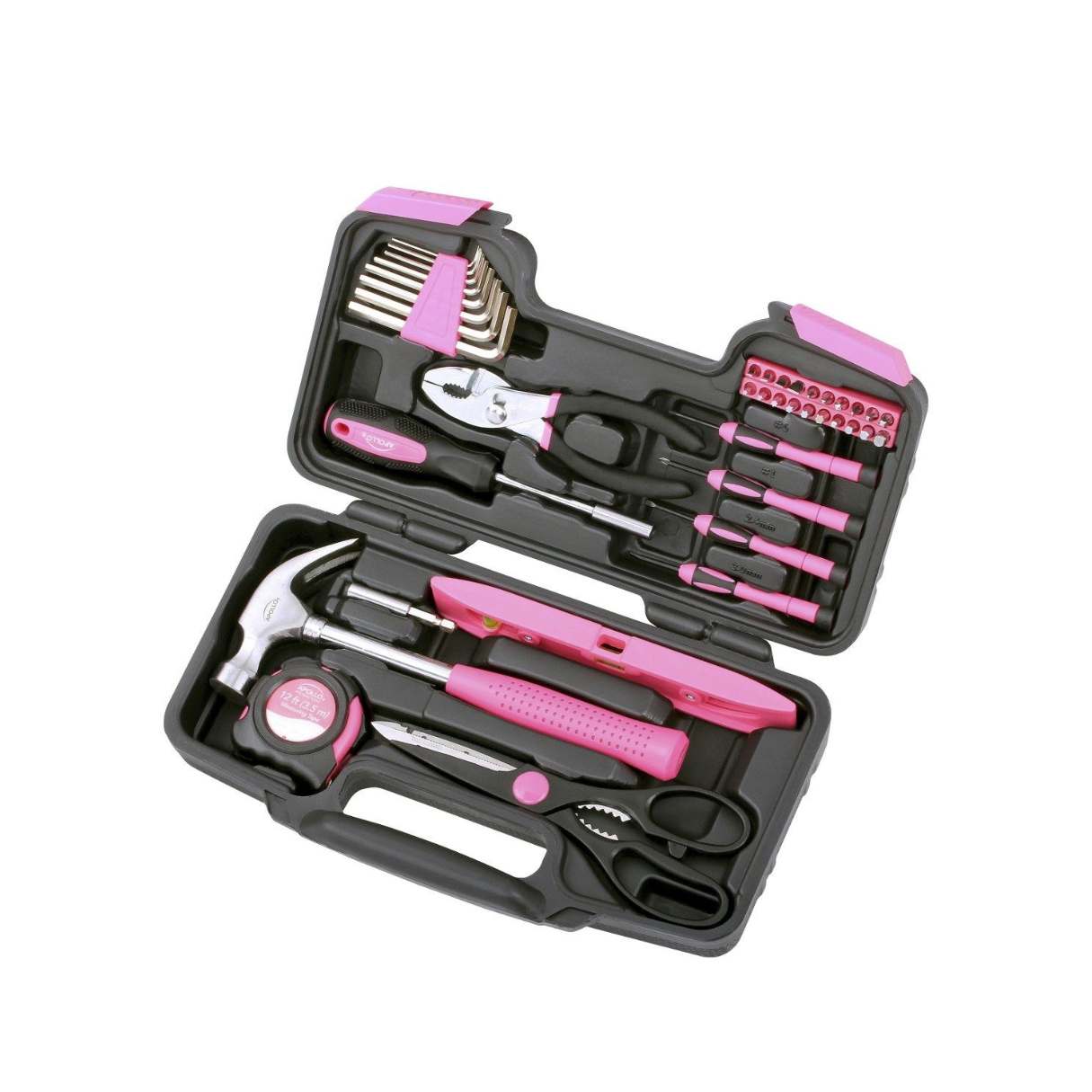
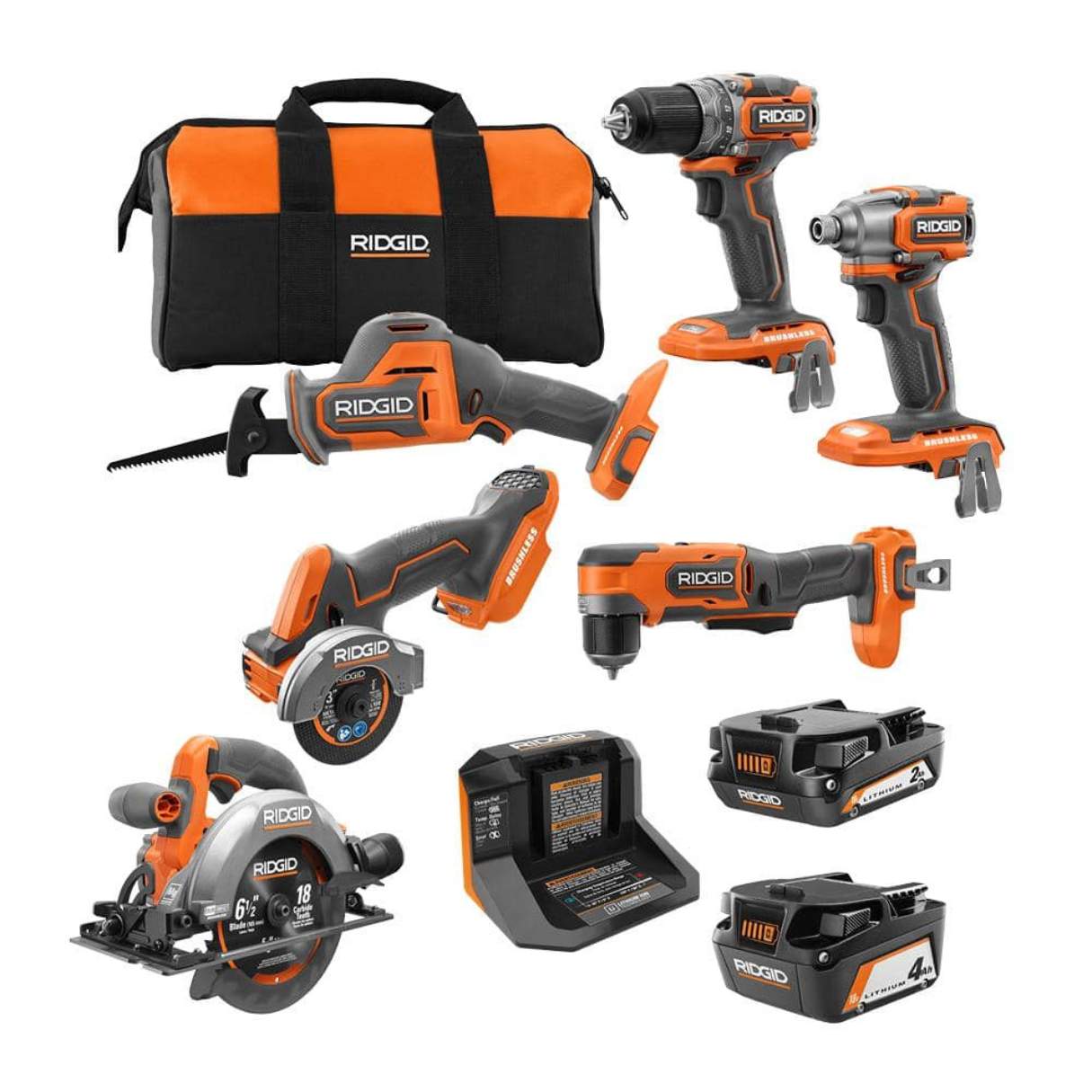
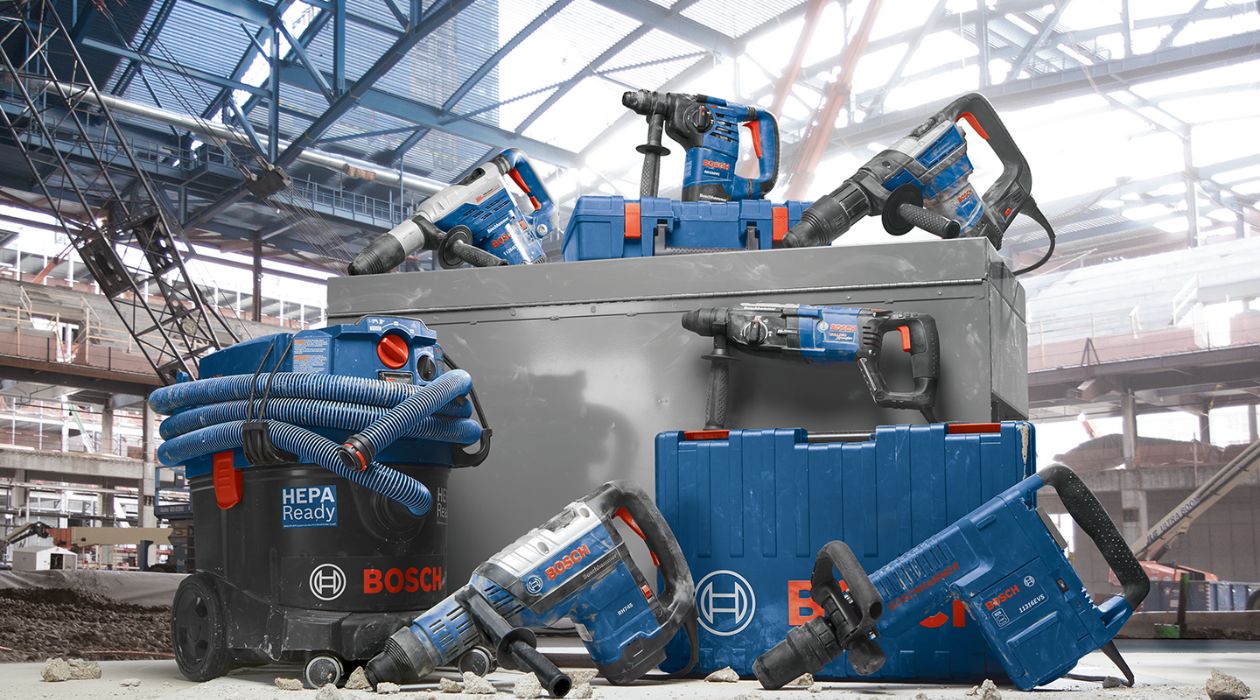
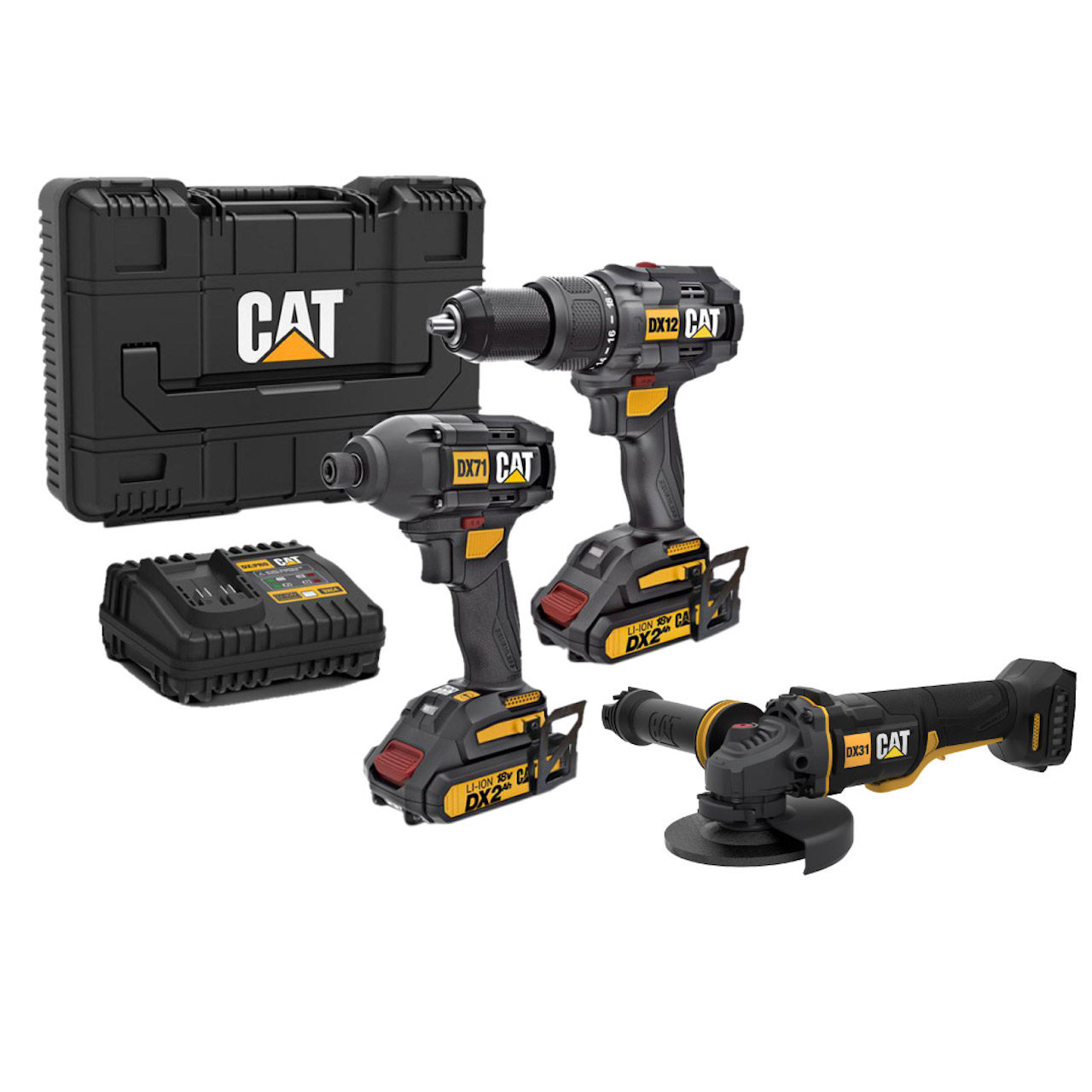
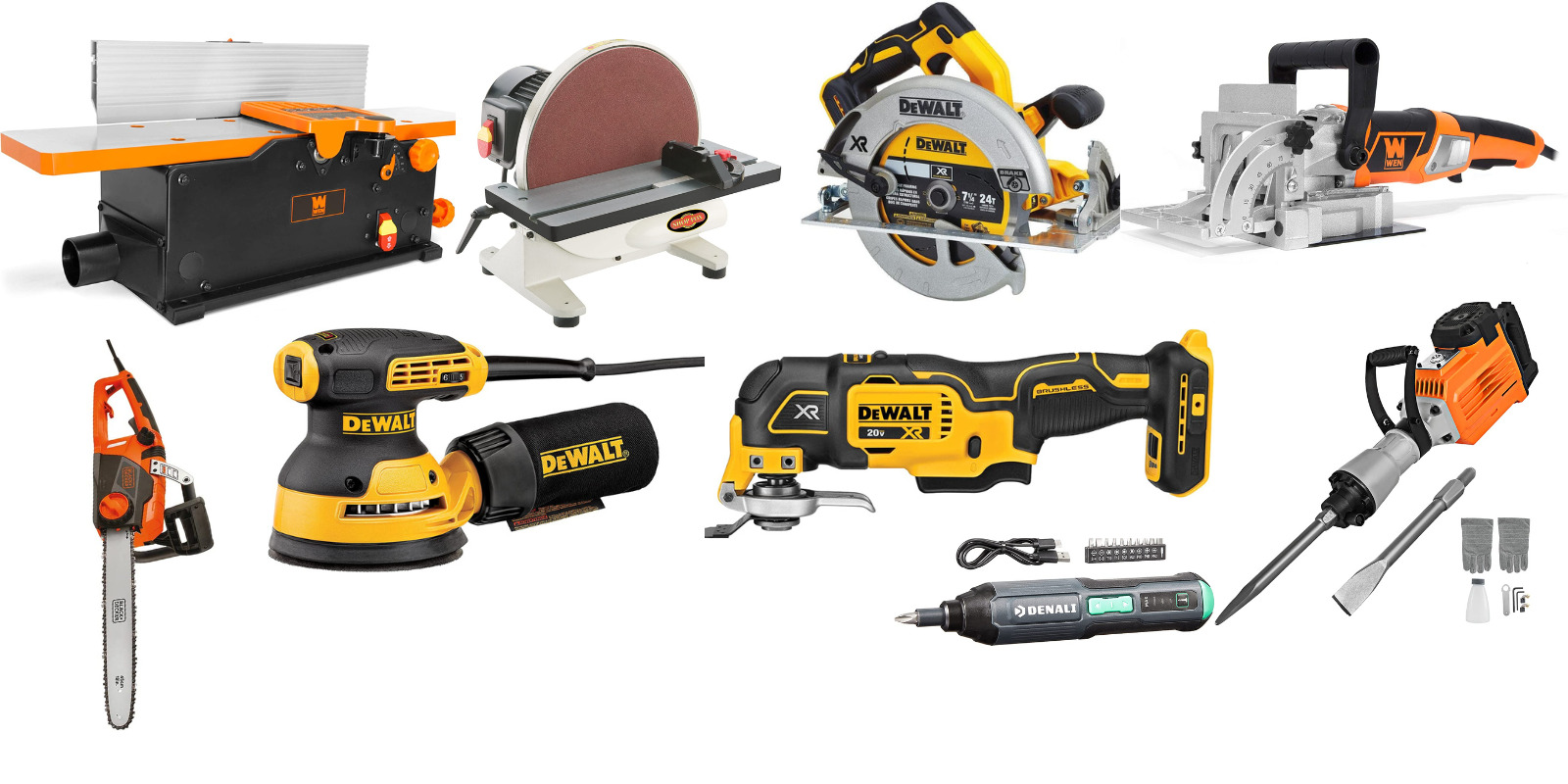
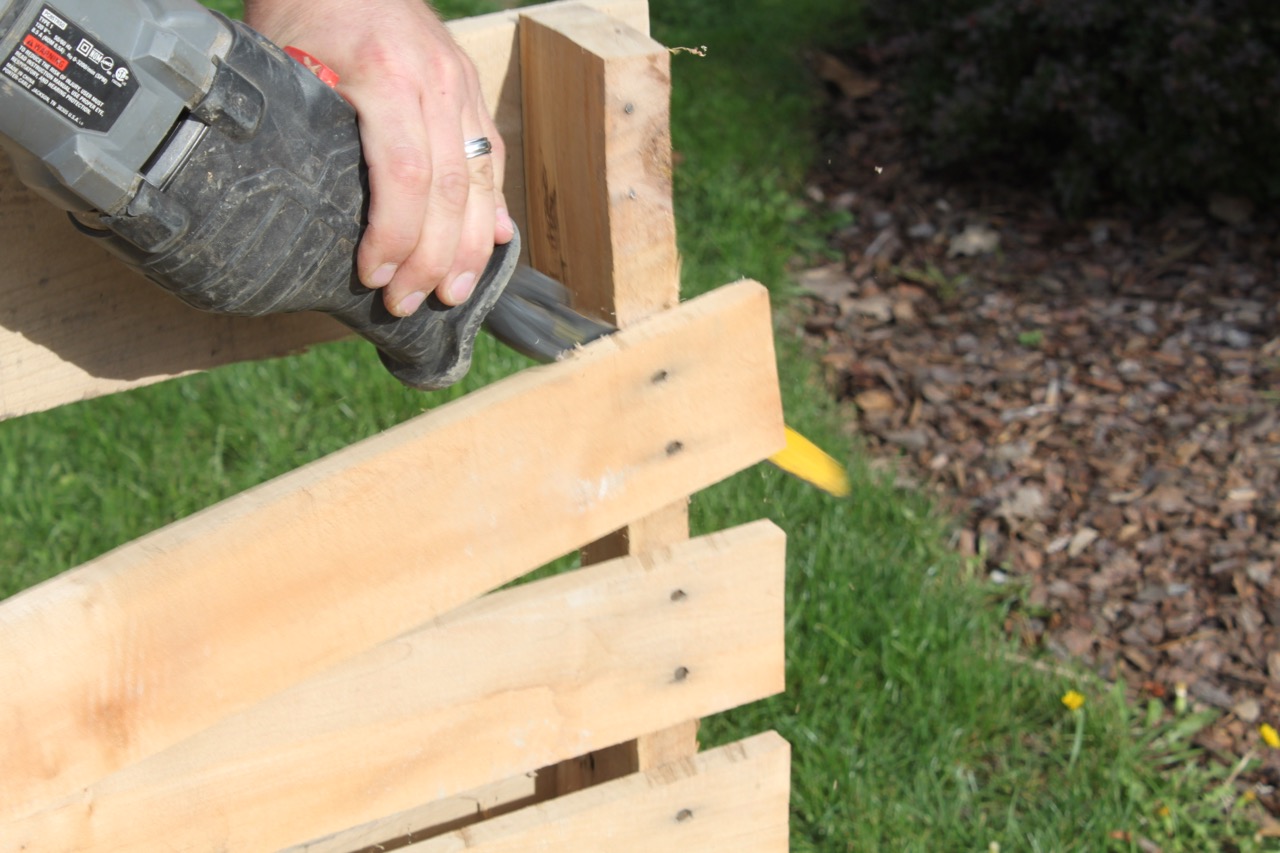
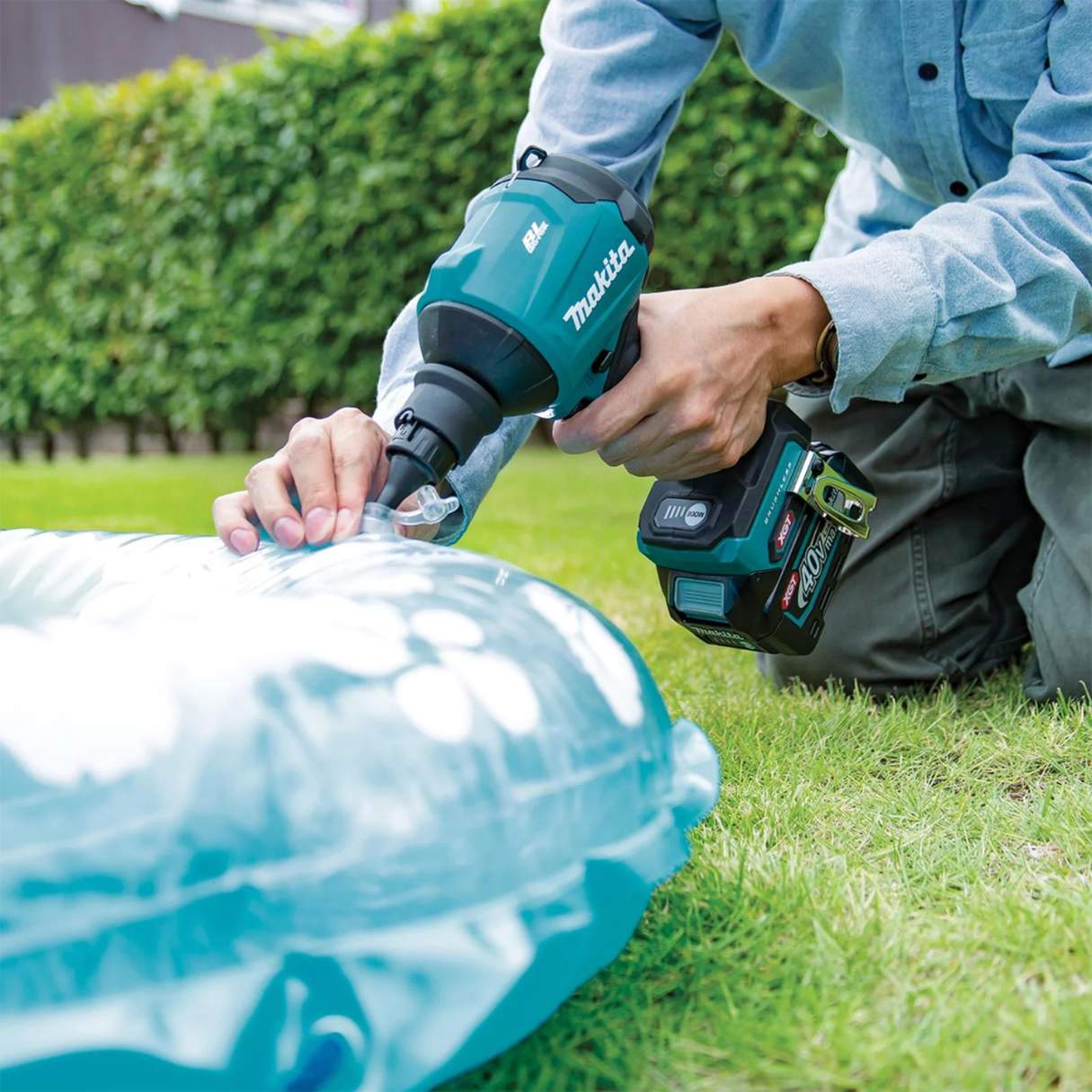
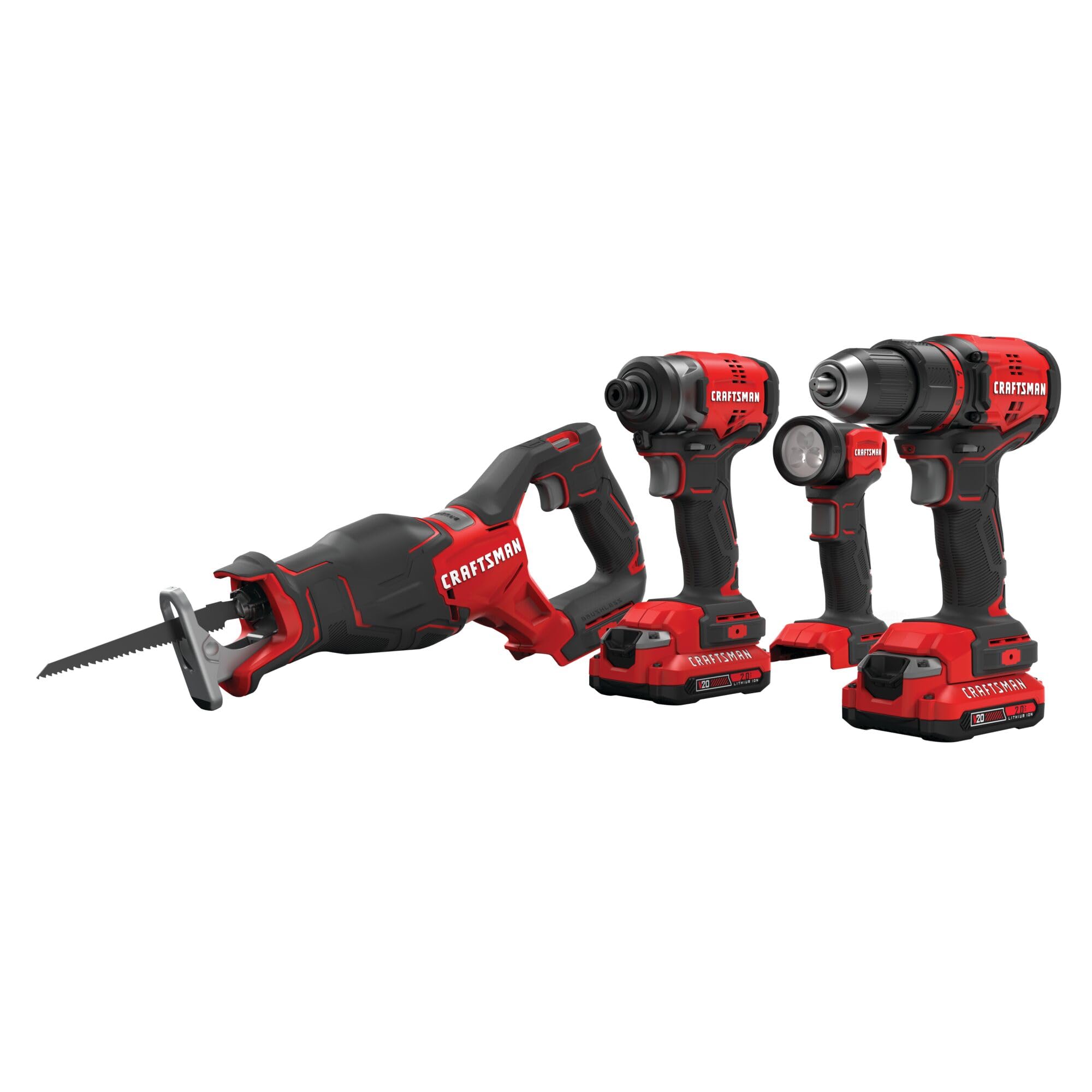


0 thoughts on “What Are Power Tools”